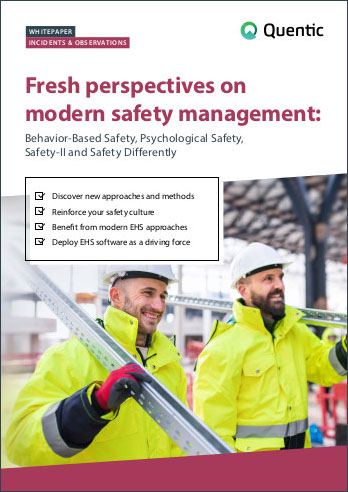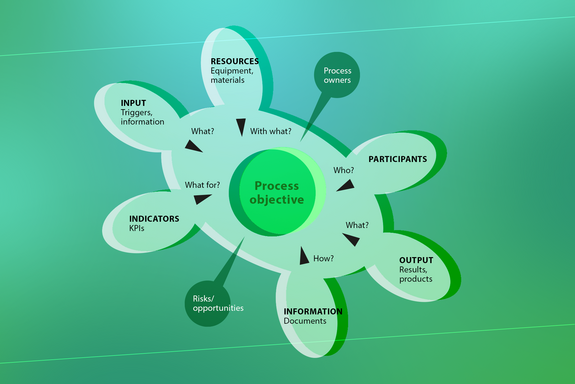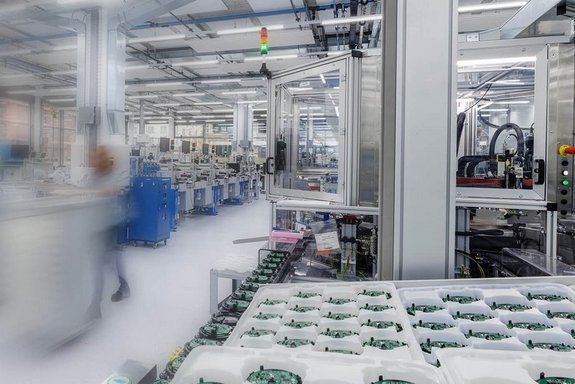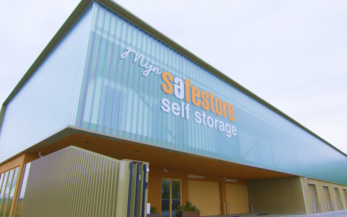10 minutes01/14/2024
Give me five for safety! The 5S method is a straightforward tool that OHS managers and safety specialists can use to optimize workplaces and production operations in just five phases. The result? Greater awareness, improved safety, and higher quality. The 5S method keeps the topic of occupational health and safety at the front of employee’s minds.
This Lean Management approach has its origins in Japan. The 5S audit became renowned through its use by Toyota, which systematically applies the method in its workspaces and production operations. By conducting regular 5S audits in the workplace, you can encourage everyone in your company to embody and repeat the 5S method so that, after just a short time, they apply it automatically and independently. The same applies to 5S audits in production areas.
In this article, we take a detailed look at the individual phases of the 5S method and provide an overview of the individual steps and resulting improvements, along with a checklist of specific points to help you draw up your audit questionnaire. We also cover how often managers and safety professionals should carry out 5S audits and how this method is related to Lean Management, Kaizen, and the PDCA cycle in ISO-certified management systems.








